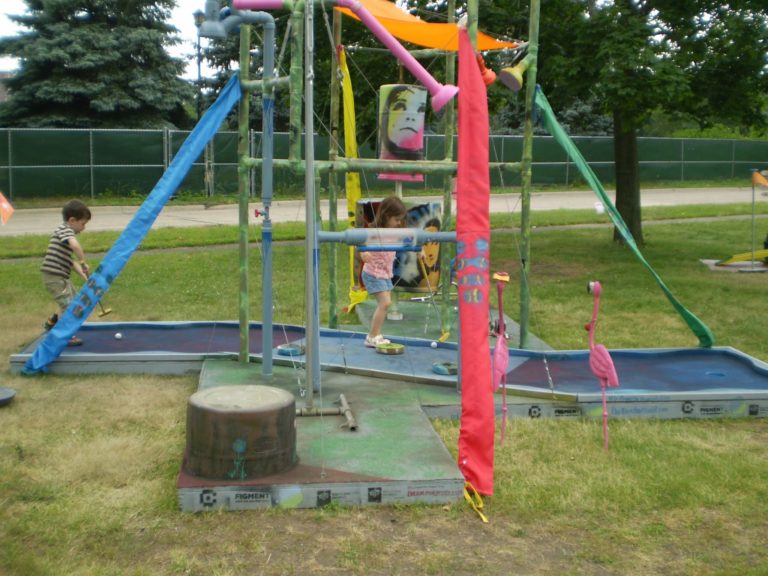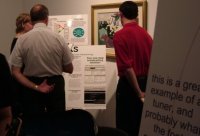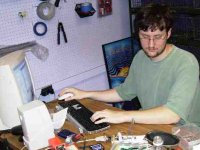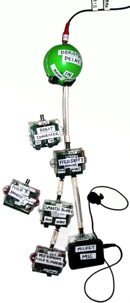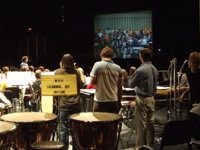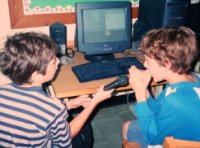From 2006 through 2009 I taught Technology: Art and Sound by Design (TASD). The course consisted of lectures and labs with a focus on artistic philosophy and its application through technology. In the course students built circuits and interfaced them to computers, considering how these might contribute to their own artistic creations.
Lectures included guests from artistic and technical disciplines who stimulated conversations about art, taught about electronics, and challenged common assumptions regarding the relationship between the two. Labs gave a practical, friendly introduction to building circuits and working with sensors.
The course ended with final projects, each built by a small team of engineering and art students, all installed in a local art gallery. The shows featuring these final projects were named Wired, and were popular, consistently drawing more than 1,000 people on opening night.
